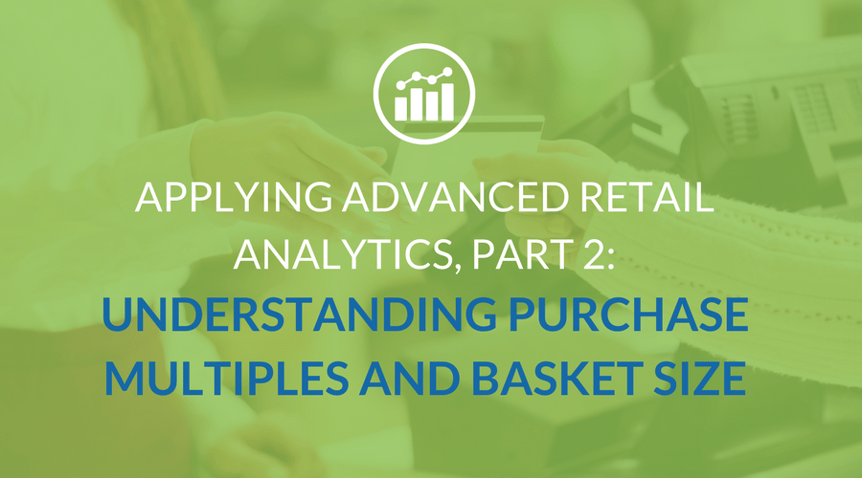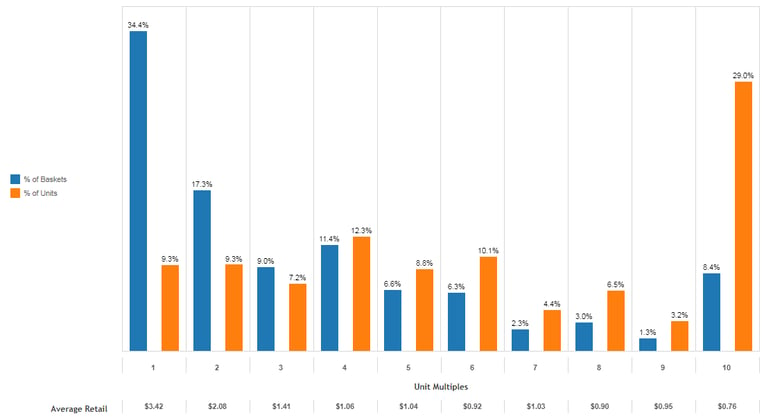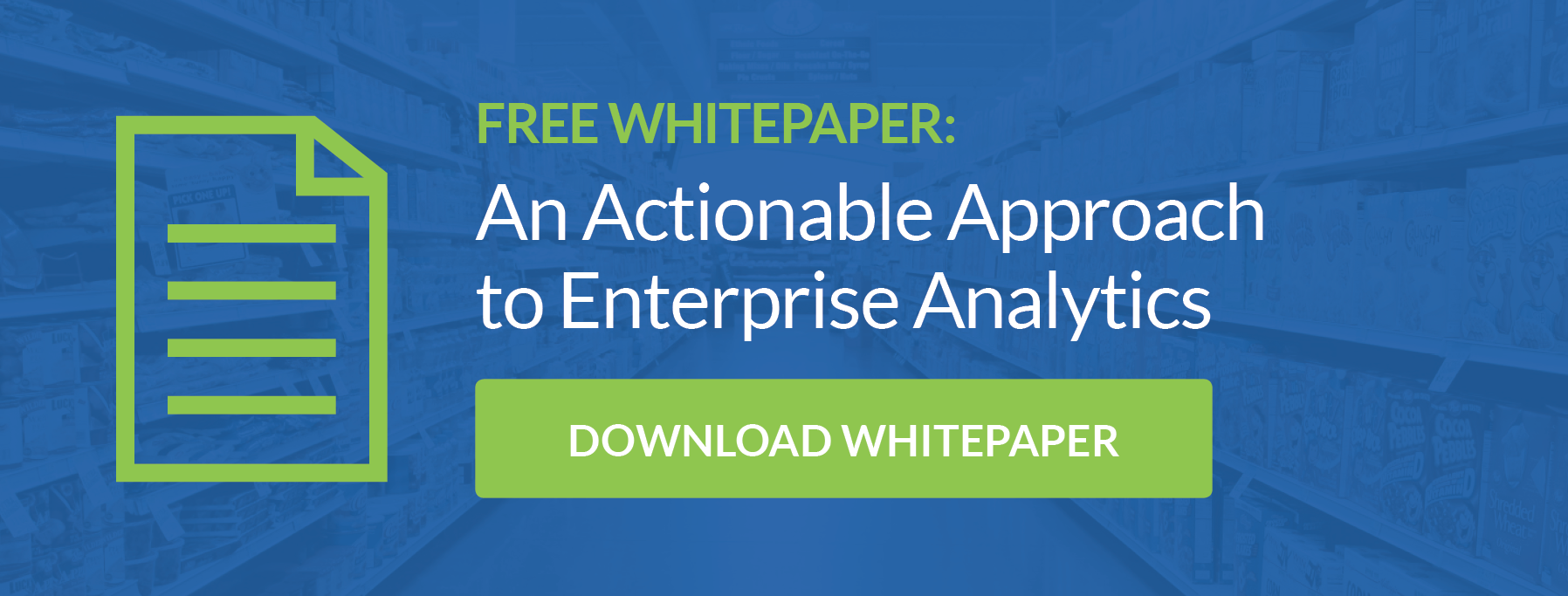
Knowing whether a consumer put your product in their shopping cart is important, but knowing how much of your product they bought can be even more valuable. These are consumer trends to examine closely - the trends that will affect future spending decisions.
Retail analytics such as purchase multiples and basket size help zero in on those trends. A product purchase in multiples of two or three could be tied to a recent promotion, such as a coupon. That would be a strong indication that the coupon is effective. If a customer buys in large batches, such as in 15 or 30, however, could be an indication of the product being purchased for parties or holidays. It may also indicate a highly consumable product such as single serve yogurt or snack bars. Teams utilize this information to align offers with future holidays and to target higher units per purchase in their promotions.
Multiples and Data-Powered Promotions
Understanding purchase multiples can help develop a promotion plan based on real data, instead of from assumptions. Teams can examine actual sales figures and get actionable information to base promotions around.

One example of this data would be a customer that purchases in small quantities at the beginning of July, but buys in huge quantities at the end of October. This could indicate that the product could be more appropriate for Halloween rather than Independence Day. This informs special deals and advertising campaigns at the right time of year.
Teams can also use this data to structure their promotions. For example, creating an offer that entices customers to buy in quantities of 3 or 4 when they would normally only buy in quantities of 1 or 2 can have a huge impact on top line revenue. That's why knowing and understanding the multiples being targeted is an important factor in getting the most out of promotions.
The Persuasive Value of Basket Size
Another metric to look at is total basket size. Knowing that a customer spends more money in the store when they purchase your product, as opposed to a competitor’s product, is a powerful insight. There would be a compelling argument in favor of obtaining additional shelf space, factoring more prominently in their in-store displays, and securing spots in coveted end-cap and point-of-purchase racks.
Companies can even use this basket size data to show retailers both dollar and unit value. This way, the retailer doesn’t just value the company as a product supplier, they value and have transparency into the additional store revenue. So if they ever consider reducing inventory, you won’t be at the top of the cut list - because your product’s importance is clear.
Packaging and Placement Decisions
Total basket size can also help make better decisions about assortment, packaging, and promotional placements. It gives an idea how much time people are spending near products and in the store.
If the basket size is small, customers may prefer buying your product on short, quick trips. This means you’ll have seconds to catch their attention, so perhaps a limited number of in-stock choices is best. Maybe the packaging should be simple and bright.
If the basket size is large, you know that overall, customers are spending more time in the store. This indicates that you have a bit longer to keep their attention with the display and packaging. Customers may be buying companion products, that you could boost with co-promotions.
The Basket Size Bottom Line
Access to real-time analytics helps harness the power of data to drive product decisions. Analytics remove guesswork and replace it with facts. This can shake up long-held mistaken beliefs about products and cut through stereotypes that hold businesses back.
Contact us to see how a data-driven platform can facilitate decision-making and boost your revenue.
Coming soon! Part 3: Complementary Items and Consumer Behavior
